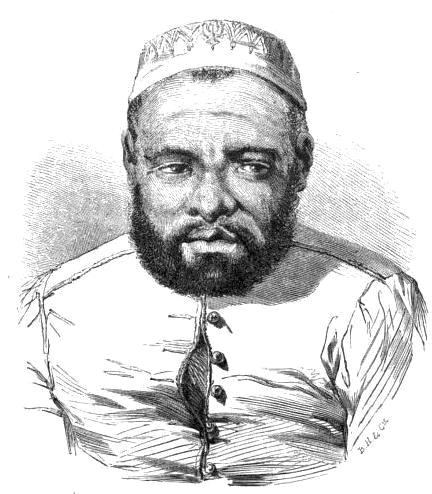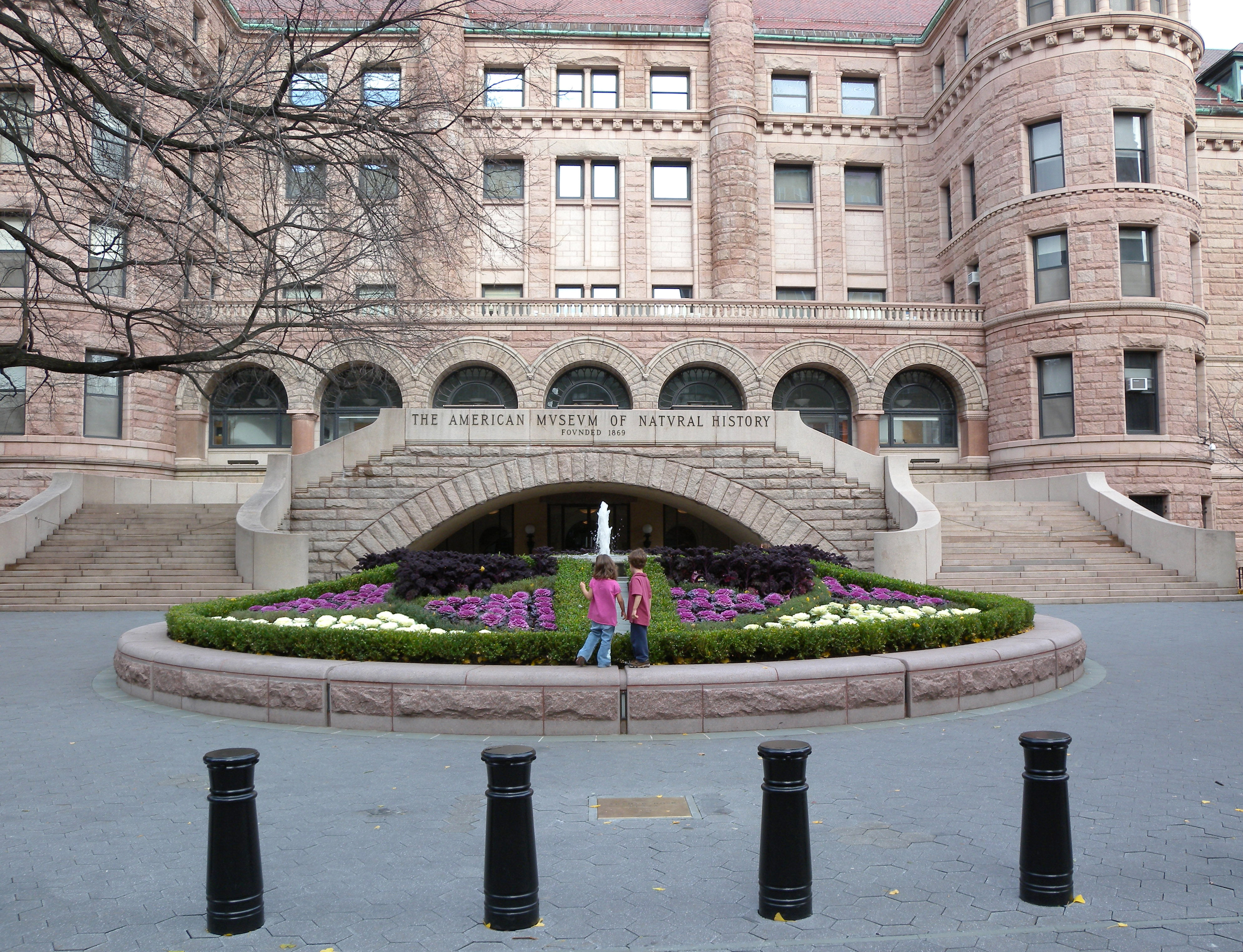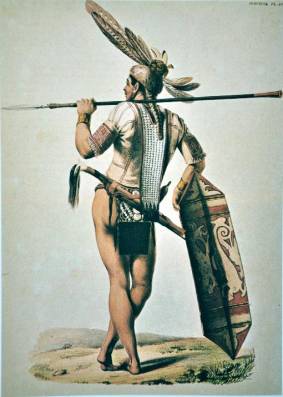|
Lamba (garment)
A lamba is the traditional garment worn by men and women that live in Madagascar. The textile, highly emblematic of Malagasy culture, consists of a rectangular length of cloth wrapped around the body. Traditional lambas used for burial were often made of silk and cow hides while those for daily wear were more often made of raffia, pig skin, cotton or Bast fibre, bast. They could range in color from a tie-dyed mess or solid white cloth, to striped red, white and black cloth found in most parts of the island, the geometric patterns in unique shades of green and brown produced by a handful of Sakalava villages, or the brilliantly multi-colored, complex weaves favored by the pre-colonial Merina aristocracy. Today, it is common to find printed cotton or rayon lambas produced in India for the Malagasy market in addition to those fabricated locally.Green, R.L. (2003). Lamba hoany: proverb cloths from Madagascar. ''Africa Arts, 36''(22), pp. 30–46. Besides its daily use as basic cloth ... [...More Info...] [...Related Items...] OR: [Wikipedia] [Google] [Baidu] |
Sakalava Cuillères
The Sakalava are an ethnic groups of Madagascar, ethnic group of Madagascar. They are primarily found on the western edge of Madagascar from Toliara in the south to the Sambirano River in the north. The Sakalava constitute about 6.2 percent of the total population, or about 2,079,000 in 2018. Their name means "people of the long valleys." Ethnic identity The Sakalava are a number of smaller ethnic groups that once comprised an empire, rather than an ethnic group in its own right. The origin of the word ''Sakalava'' itself is still subject to controversy, as well as its actual meaning. The most common explanation is the modern Malagasy language, Malagasy translation of Sakalava meaning long ravines, denoting the relatively flat nature of the land in western Madagascar. Another theory is that the word is possibly from the Arabic ''saqaliba'', which is in turn derived from Late Latin ''sclavus'', meaning slave. History Sakalavas are considered to be a mix of Austronesians, Austron ... [...More Info...] [...Related Items...] OR: [Wikipedia] [Google] [Baidu] |
Hainteny
Hainteny (pronounced , Malagasy for "knowledge of words") is a traditional form of Malagasy oral literature and poetry, involving heavy use of metaphor. It is associated primarily with the Merina people of Madagascar. In its use of metaphor and allusion it resembles another type of poetry, the Malay pantun, and Fox suggests "it seems likely the Merina brought with them a Malayo-Polynesian poetic tradition" to Madagascar. The Ibonia, an epic poem related for centuries in different versions across Madagascar, reflects the value placed on the linguistic skills celebrated in the hainteny tradition, and offers insight into the diverse mythologies and beliefs of traditional Malagasy communities. Collections of hainteny were first gathered in print form on the orders of Queen Ranavalona I in the 19th century. The French writer Jean Paulhan, who stayed in Madagascar from 1908 to 1910, made an intensive study of the hainteny and published a book of translations in 1913. Hainteny oft ... [...More Info...] [...Related Items...] OR: [Wikipedia] [Google] [Baidu] |
Nephila Inaurata
''Trichonephila inaurata'', Synonym (taxonomy), synonym ''Nephila inaurata'', commonly known as the red-legged golden orb-weaver spider or red-legged nephila, is a species of spider of the genus ''Trichonephila''. It is native to southern Africa, southern and East Africa, as well as several islands of the western Indian Ocean (Madagascar, the Seychelles, Réunion, Mauritius, Rodrigues). Web spinning and structure ''Trichonephila'' spiders produce large asymmetric orb webs up to in diameter. ''Trichonephila'' species remain in their webs permanently, so have a higher predation risk. The golden silk orb-weaver is named for the yellow color of the spider silk used to construct these webs. Yellow threads of their web shine like gold in sunlight. Carotenoids are the main contributors to this yellow color, but xanthurenic acid, two quinones, and an unknown compound may also aid in the color. Experimental evidence suggests that the silk's color may serve a dual purpose: sunlit webs ens ... [...More Info...] [...Related Items...] OR: [Wikipedia] [Google] [Baidu] |
American Museum Of Natural History
The American Museum of Natural History (AMNH) is a natural history museum on the Upper West Side of Manhattan in New York City. Located in Theodore Roosevelt Park, across the street from Central Park, the museum complex comprises 21 interconnected buildings housing 45 permanent exhibition halls, in addition to a planetarium and a library. The museum collections contain about 32 million specimens of plants, animals, fungi, fossils, minerals, rocks, meteorites, human remains, and human cultural artifacts, as well as specialized collections for frozen tissue and genomic and astrophysical data, of which only a small fraction can be displayed at any given time. The museum occupies more than . AMNH has a full-time scientific staff of 225, sponsors over 120 special field expeditions each year, and averages about five million visits annually. The AMNH is a private 501(c)(3) organization. The naturalist Albert S. Bickmore devised the idea for the American Museum of Natural History in 1 ... [...More Info...] [...Related Items...] OR: [Wikipedia] [Google] [Baidu] |
Andriana
Andriana was both the noble class and a title of nobility in Madagascar. Historically, many Malagasy ethnic groups lived in highly stratified caste-based social orders in which the Andriana were the highest strata. They were above the Hova (free commoner castes) and Andevo (slaves). The Andriana and the Hova were a part of ''Fotsy'', while the Andevo were ''Mainty'' in local terminology. The Andriana strata originally constituted the Merina society's nobility, warrior, and land-owning class. They were endogamous, and their privileges were institutionally preserved. While the term and concept of ''Andriana'' is associated with the Merina people of Madagascar, the term is not limited to them. The use of the word "Andriana" to denote nobility occurs among numerous other Malagasy ethnic groups such as the Betsileo, the Betsimisaraka, the Tsimihety, the Bezanozano, the Antambahoaka, and the Antemoro. "Andriana" often traditionally formed part of the names of Malagasy kings, prin ... [...More Info...] [...Related Items...] OR: [Wikipedia] [Google] [Baidu] |
Lamba Of Madagascar - Three Styles Of Lambahoany
Lamba may refer to: People * Lamba (surname) * Jad people, also known as Lamba, a semi-nomadic tribe in Himachal Pradesh, India * Lamba people, a major ethnic group of Togo * Lamba people (Zambia), an ethnic group of Zambia Places * Lamba (Faroe Islands), a small village * Lamba, Shetland, an uninhabited island in the Shetland Islands * Lamba, Democratic Republic of the Congo * Lamba, Togo other uses * Lamba language, a language of Zambia * Lamba (garment), a traditional garment of Madagascar * A type of Pinisi Literally, the word pinisi refers to a type of rigging (the configuration of masts, sails and ropes ('lines')) of Indonesian Sailing ship, sailing vessels. A pinisi carries seven to eight sails on two masts, arranged like a gaff-ketch with what ..., an Indonesian boat See also * Lambas, Russia, a rural locality * "Lamba Lamba", a song by Justin Prabhakaran, Karthik Netha, Christopher Stanley, Femcee Nicki Ziee G. from the 2018 Indian film '' Oru Nalla Naal Paa ... [...More Info...] [...Related Items...] OR: [Wikipedia] [Google] [Baidu] |
Hiragasy
Hiragasy or hira gasy (''hira'': song; ''gasy'': Malagasy) is a musical tradition in Madagascar, particularly among the Merina ethnic group of the Highland regions around the capital of Antananarivo. It is a day-long spectacle of music, dance, and '' kabary'' oratory performed by a troupe (typically related by blood or marriage and of rural origin) or as a competition between two troupes. Origins and history The tradition in its contemporary form began in the late 18th century when Merina prince Andrianampoinimerina first used musicians to draw a crowd for his political speeches ('' kabary''); these troupes became independent, and began to incorporate political commentary and critique in their performances. The audience plays an active role at hiragasy events, expressing their satisfaction with the talent of the troupe members and the message they proclaim through applause, cheers or sounds of disapproval. Hiragasy troupes were used during the French colonial administration t ... [...More Info...] [...Related Items...] OR: [Wikipedia] [Google] [Baidu] |
Betsileo
The Betsileo are a highland ethnic group of Madagascar, the third largest in terms of population. They chose their name, meaning "The Many Invincible Ones", after a failed invasion by King Ramitraho of the Menabe kingdom in the early 19th century. Territory The Betsileo occupy the south of the Madagascar plateau. Their traditional territory extends from the north of the Mania River in the north to the foot of the Andringitra Massif in the south; to the west by the Bongolava chain and the east by the Eastern Forest, occupied by the Tanala tribe. Most of the Betsileo region lies within the boundaries of the Malagasy province of Fianarantsoa, where their capital city of the same name can be found. Traditionally their territory and their people are divided into three major parts. The Northern Betsileo (or Fisakana) is defined by the Ivato and Manandona rivers in the north and the Sahanivotry and Mania rivers to the south. The Central Betsileo (or Manandriana) is found betwee ... [...More Info...] [...Related Items...] OR: [Wikipedia] [Google] [Baidu] |
Hira Gasy Musicians 2008
Hira may refer to: Places *Cave of Hira, a cave associated with Muhammad *Al-Hirah, an ancient Arab city in Iraq ** Battle of Hira, 633AD, between the Sassanians and the Rashidun Caliphate *Hira Mountains, Japan * Hira, New Zealand, settlement north-east of Nelson, New Zealand * Hira (ghetto), an old Jewish ghetto in Tunis, see History of the Jews in Tunisia * Hira (Greece), an ancient Greek settlement Other uses * Hira (surname) * Hira (given name) * Hira (mythical monster), among the Songhai people of West Africa * The Hira Company Ltd, the parent company of Texet Sales Ltd, a British distributor of calculators and electronic devices * HIRA, a gene * Hazard Identification and Risk Assessment, a technique used to identify add address occupational safety and health risks *"Hira", a song by Redgum from their 1984 album '' Frontline'' * Health Insurance Review and Assessment Service (HIRA), a government agency in South Korea *, the ISO 15924 script code for Hiragana See also * ... [...More Info...] [...Related Items...] OR: [Wikipedia] [Google] [Baidu] |
Ikat
''Ikat'' (literally "to bind" in Malayo-Polynesian languages) is a dyeing technique from Southeast Asia used to pattern textiles that employs resist dyeing on the yarns prior to dyeing and weaving the fabric. In Southeast Asia, where it is the most widespread, ''ikat'' weaving traditions can be divided into two general groups of related traditions. The first is found among Daic-speaking peoples (Laos, northern Vietnam, and Hainan). The second, larger group is found among the Austronesian peoples (Indonesia, Philippines, Malaysia, Brunei, and Timor-Leste) and spread via the Austronesian expansion to as far as Madagascar. It is most prominently associated with the textile traditions of Indonesia in modern times, from where the term ''ikat'' originates. Similar unrelated dyeing and weaving techniques that developed independently are also present in other regions of the world, including India, Central Asia, Japan (where it is called ''kasuri''), Africa, and the Americas. In ''ika ... [...More Info...] [...Related Items...] OR: [Wikipedia] [Google] [Baidu] |
Ngaju People
The Ngaju people (also Ngaju Dayak or Dayak Ngaju or Biaju) are an indigenous ethnic group of Borneo from the Dayak people, Dayak group. In a census from 2000, when they were first listed as a separate ethnic group, they made up 18.02% of the population of Central Kalimantan province. In an earlier census from 1930, the Ngaju people were included in the Dayak people count. They speak the Ngaju language. Subgroups Based on river stream regions, the Ngaju people are divided into:- * Greater Batang Baiju - Greater Baiju River * Lesser Batang Baiju - Lesser Baiju River Based on language, the Ngaju people are divided into: * Dayak Ngaju (Ngaju Kapuas) * Dayak Kahayan (Ngaju Kahayan) * Dayak Katingan (Ngaju Katingan) * Dayak Mendawai (Central Kalimantan) * Bakumpai people, Dayak Bakumpai (South Kalimantan) * Meratus Dayak, Dayak Meratus (South Kalimantan) * Dayak Mengkatip (Central Kalimantan) * Dayak Berangas (South Kalimantan, which is said to be no longer identifiable and their la ... [...More Info...] [...Related Items...] OR: [Wikipedia] [Google] [Baidu] |
Borneo
Borneo () is the List of islands by area, third-largest island in the world, with an area of , and population of 23,053,723 (2020 national censuses). Situated at the geographic centre of Maritime Southeast Asia, it is one of the Greater Sunda Islands, located north of Java Island, Java, west of Sulawesi, and east of Sumatra. The island is crossed by the equator, which divides it roughly in half. The list of divided islands, island is politically divided among three states. The sovereign state of Brunei in the north makes up 1% of the territory. Approximately 73% of Borneo is Indonesian territory, and in the north, the East Malaysian states of Sabah and Sarawak make up about 26% of the island. The Malaysian federal territory of Labuan is situated on a small island just off the coast of Borneo. Etymology When the sixteenth-century Portuguese explorer Jorge de Menezes made contact with the indigenous people of Borneo, they referred to their island as ''Pulu K'lemantang'', which ... [...More Info...] [...Related Items...] OR: [Wikipedia] [Google] [Baidu] |




